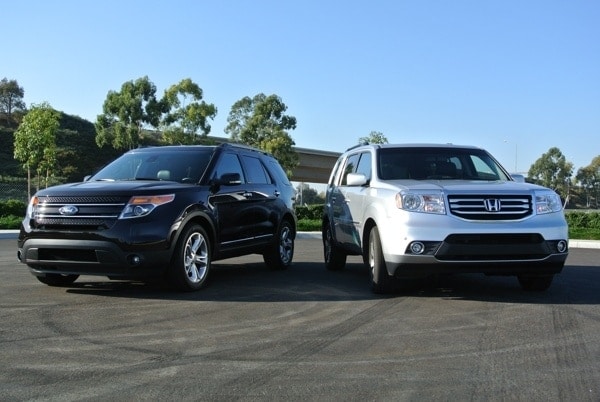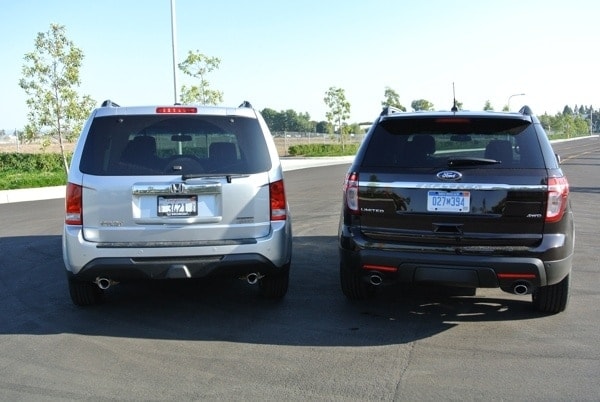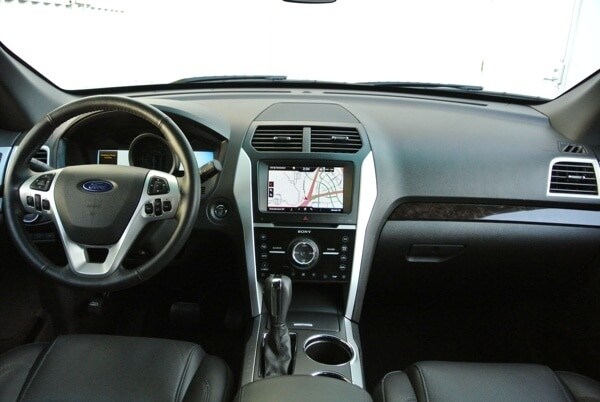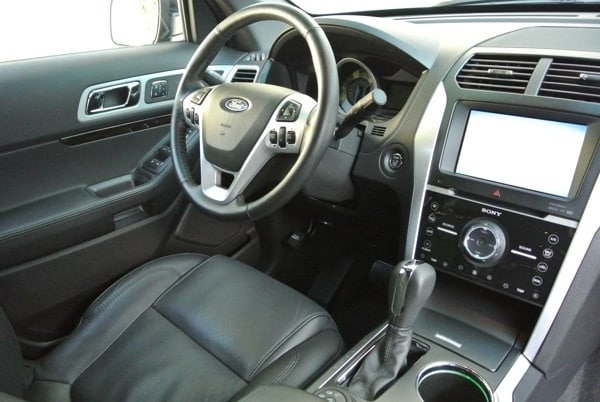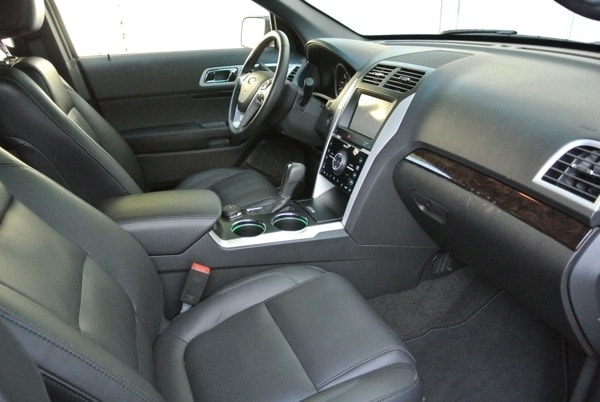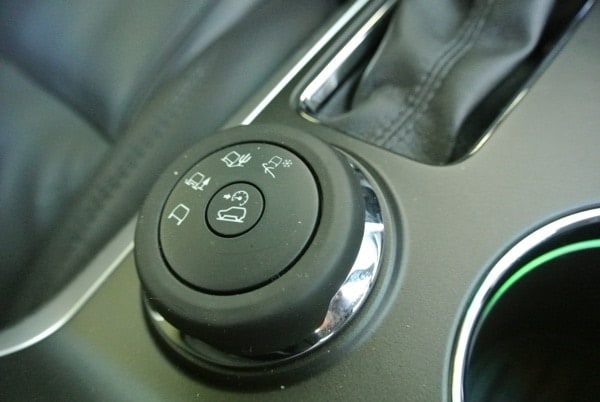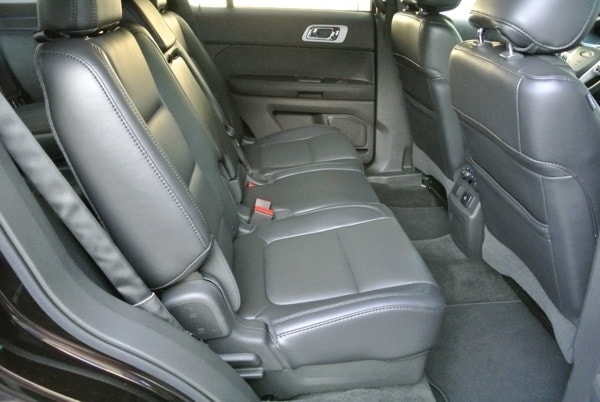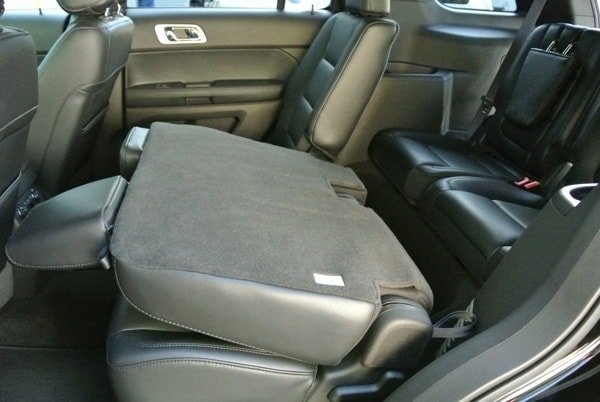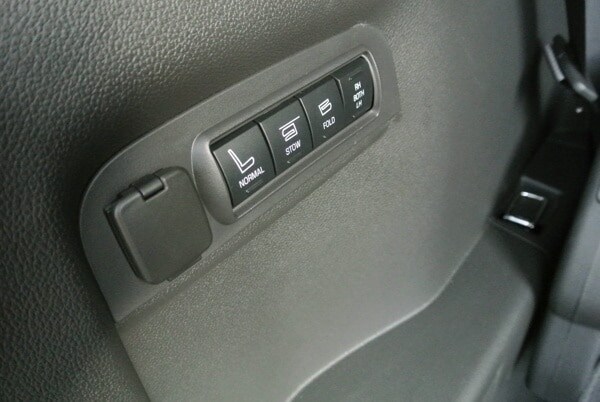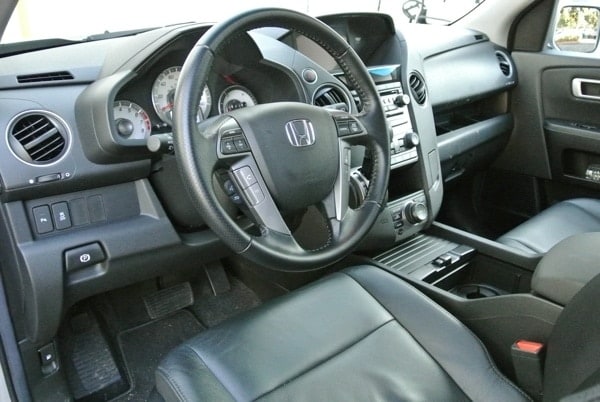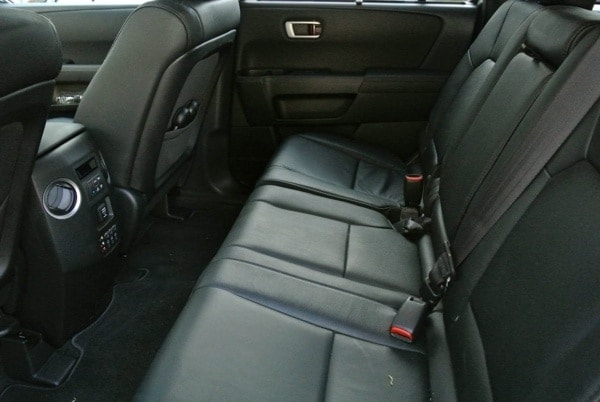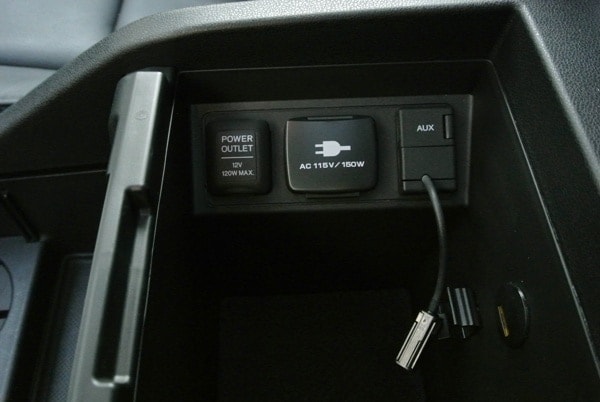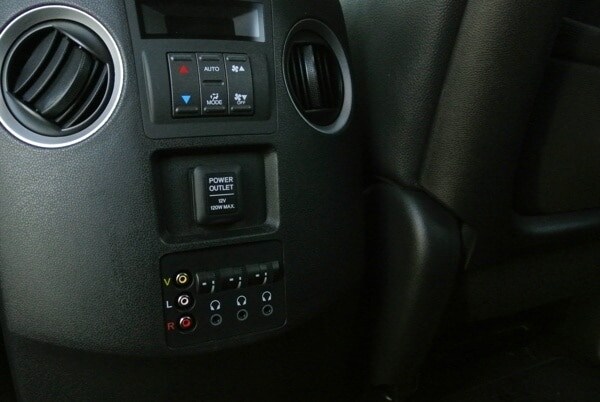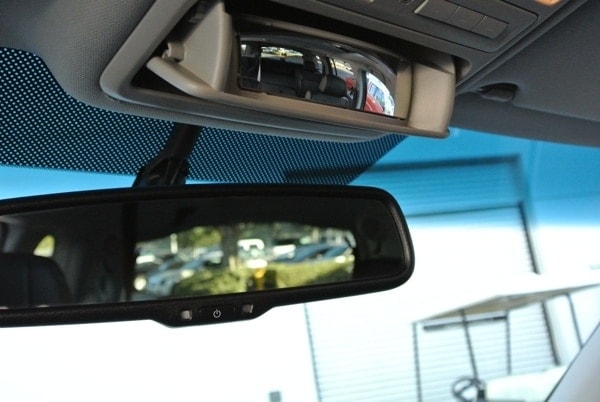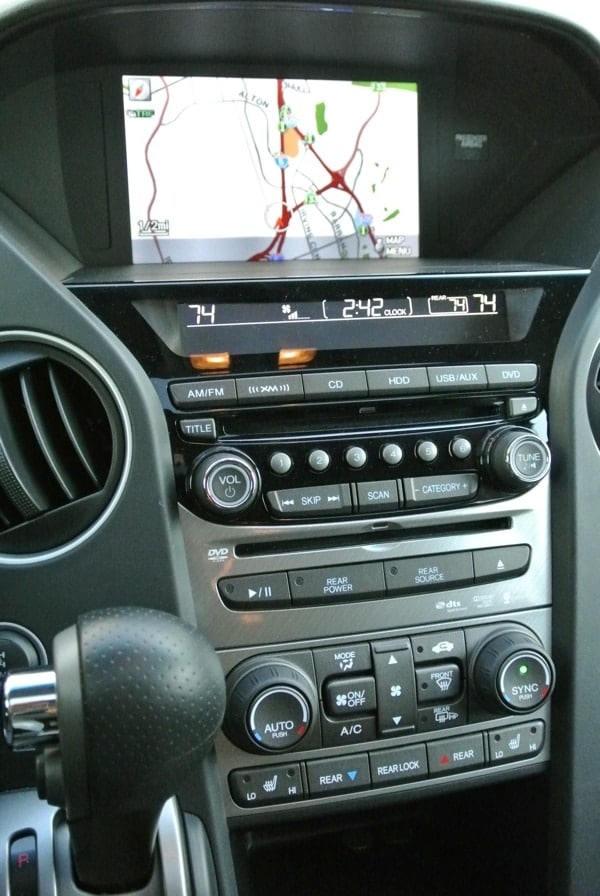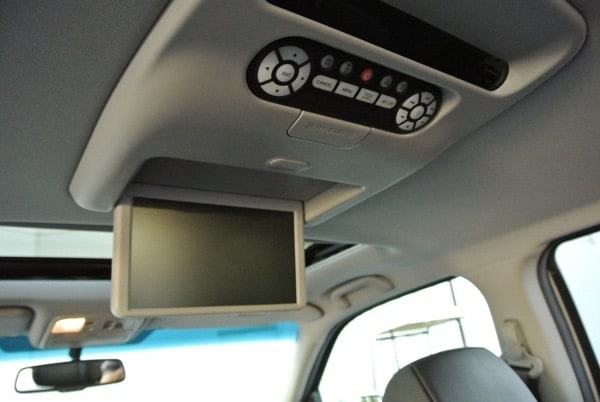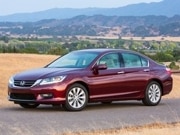The Short Answer: 2013 Honda Pilot
How Close? Close, but we expected it to be a little closer
Honda Pilot Key Advantage: Superior driving manners
Ford Explorer Advantage: More in-vehicle tech
Downsizing without Compromise
Until recently, lofty full-size SUVs were the de facto choice for family-minded car shoppers who considered "minivan" to be a four-letter word. But with concerns over fuel economy still running high, midsize SUVs like the Ford Explorer and Honda Pilot have become the new mainstay in family hauling thanks to their smaller footprint, ample cargo space and pleasing driving characteristics.
Kelley Blue Book Value Comparison
Apples-to-Apples Fair Purchase Price: Similar
Projected 5-Year Cost to Own: Similar
Similarities
The Ford Explorer and Honda Pilot each deliver high levels of utility and people-moving might in a right-sized package. Unlike midsize SUVs of yore, both the Pilot and Explorer feature a carlike unibody chassis instead of a heavier, more rigid truck-based platform. They’re also comparatively roomy and fuel-efficient.
2013 Honda Pilot Advantages
While not at the top of the segment in every respect, the 2013 Pilot does almost everything right. Take the powertrain, for example. The 3.5-liter V6 coupled with Honda‘s tried-and-true 5-speed automatic transmission combine to deliver strong, smooth acceleration in virtually any situation. The Pilot seems to always know exactly how much power you need, and serves it up seamlessly.
The Pilot also enjoys an advantage in ride quality, and it feels more nimble around town than its boxy styling would suggest. A tighter turning radius and better outward visibility than the Explorer help to take some of the anxiety out of navigating tight parking lots and congested urban roadways.
On paper, legroom across all three rows is comparable between the two rivals, though we maintain that the Pilot feels a bit roomier. This perception of spaciousness is due largely in part to the Pilot’s cavernous cargo capacity. With a massive center console storage compartment and nearly 10-percent more cargo space than the Explorer, the Pilot is perhaps the more functional choice. In fact, it’s the only vehicle in the class with seating for eight (Explorer seats 7).
In typical Honda fashion, the 2013 Pilot has a value story to tell. A healthy roster of standard equipment, exceptional resale value and rock solid reliability provide a remarkable measure of bang-for-the-buck.
2013 Ford Explorer Advantages
Ford continues to cultivate its reputation as a pioneer of connected car technology, and it comes as no surprise that the Explorer is the hands-down winner in the tech department. While the infamous MyFord Touch infotainment system has shouldered its fair share of criticism over the years, ongoing improvements to the interface, processing speed and voice-recognition software have transformed this once technological nightmare into a useful tool.
MyFord Touch serves as a digital hub for navigation, climate control, multimedia and phone operation. When it comes to ease-of-use, the 8-inch touch screen combined with conversational voice recognition yield a sizable advantage over the finicky control dial and rudimentary voice commands found in the Honda Pilot. Plus, drivers who use navigation on a regular basis will prefer the MyFord Touch system for its superior graphics, multiple route options (fastest, shortest, eco), and robust feature list.
Electronic gadgetry doesn’t stop at infotainment, as the optional Terrain Management System provides the 2013 Explorer with a 21st-century solution to slippery surfaces. This driver-selectable system can be optimized for mud and ruts, snow, sand, or normal highway use, giving the Explorer a slight edge in terms of all-terrain capability.
The 2013 Ford Explorer is also the only one of the two to offer keyless entry and start, which is becoming a must-have feature for drivers who’ve gotten used to coming and going without ever digging for their keys.
The primary driving force behind the Explorer’s sales success is undoubtedly its sleek exterior styling. While visual appeal ultimately boils down to personal preference, we think more buyers would express a preference for the Explorer’s athletic design over the more rugged look of the Pilot.
"So Which One Should I Buy?"
If you prefer the 2013 Ford Explorer for its sleeker look or higher tech, there’s no reason you shouldn’t confidently put one in your garage. We like the Explorer, but prefer the Pilot in large part for its more refined driving dynamics and more established reputation. There’s no wrong choice here, but if you’re on the fence, consider this a gentle nudge in the Pilot’s direction.
You Might Also Like…
10 Coolest Cars Under $25,000
Cars with New Looks for 2013
10 Best Car Deals of the Month
